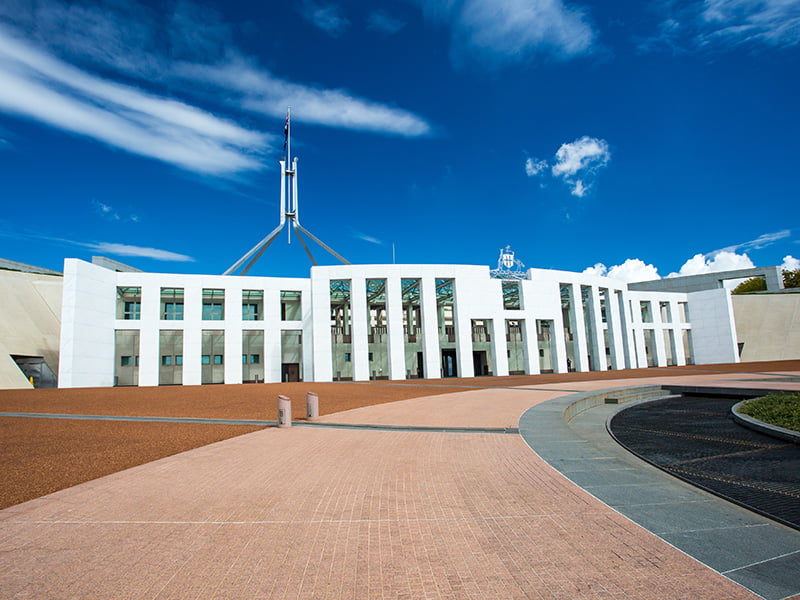In a bigger than expected reshuffle of the Labor frontbench, Prime Minister Anthony Albanese has kept faith in Ed Husic, giving him the Industry portfolio he held in the shadow ministry and adding Science to his responsibilities as well.
But Mr Albanese has not named a minister for the Digital Economy, something that will have the FinTech and RegTech sectors in particular looking to how the responsibilities previously held by Jane Hume will be carved up.
For Australian industry, including its information technology sector, Ed Husic’s retention of the portfolio will be taken as a small but welcome sign of stability, after having got to know eight different Industry ministers over the nine years of Coalition government.
The re-uniting of the Industry and Science portfolios corrects what has been widely regarded as a mistake by Mr Albanese in January last year when he appointed Mr Husic as shadow minister for Industry and Innovation but gave the Science portfolio to deputy leader Richard Marles, who also held responsibility for the National Reconstruction.
All eyes now turn to the pending Administrative Arrangements Order that will outline the shape of the portfolios and the responsibilities of each department.

Industry will keep a keen eye on how Labor’s promised $15 billion National Reconstruction Fund will be administered and through which ministers the reporting lines will run.
While it anticipated the NRF – which includes a $1 billion Critical Technologies Fund, $1 billion Advanced Manufacturing Fund and a $1.5 billion Medical Manufacturing Fund – will be jointly administered through the Industry and Finance portfolios more detail is expected on Wednesday afternoon.
And although Bill Shorten has been appointed Minister for the NDIS and Minister for Government Services, the same portfolio’s he held in Opposition, it is not clear how these portfolios will be structured within the broader government.
The management of the NDIS and in particular its information systems have attracted enormous criticism in recent years, while government service delivery – which by its sheer size holds an outsize influence on the local tech industry – has fallen well short of it potential to be an exemplar.
It is worth noting that Labor’s ‘productivity team’ are all based in New South Wales, clustered in the Western Sydney heartland.
Incoming Industry and Science Minister Ed Husic is from the western Sydney electorate of Chifley, incoming Communications Minister Michelle Rowland is from neighbouring Greenway, while Jason Clare, the incoming Education Minister, represents nearby Blaxland.
And to add to that is the incoming Assistant Minister for Manufacturing is a Senator from New South Wales, Tim Ayres.
Innovation ecosystem expert Roy Green says the mix of appointments are a good start.
“Prime Minister Albanese has made an inspirational choice for the Industry portfolio combining the experience of Ed Husic in Industry and Science with the emerging talent of Tim Ayres in Manufacturing and Trade,” Professor Green said.
“Nurtured also by Richard Marles in Opposition, this portfolio (at last) promises to become a productivity boosting innovation powerhouse under Labor, hopefully with positive support from the Greens and Independents.”
Just days out from the May 21 election, Ed Husic spoke at length to the Commercial Disco about Labor plans for the Industry portfolio. You can listen to that podcast here.
The Australian Academy of Science welcomed the Albanese ministry appointments, particularly that of Ed Husic, Chris Bowen in Climate Change and Energy, Mark Butler in Health and Aged Care, Jason Clare in Education, Tanya Plibersek in Environment and Water, and Murray Watt in Agriculture Forestry and Fisheries.
The Academy’s President Professor Chennupati Jagadish said that science had been critical to Australia’s response to the pandemic, and it would be critical to Australia’s economic recovery as well.
“Turbo-charging productivity growth will be needed for economic recovery and we know that stimulating R&D is the most promising source of future productivity growth,” Professor Jagadish said.
“Given the decline in immigration during the pandemic and the uncertain outlook for international mobility, Australia will be even more reliant on sovereign R&D to drive productivity growth.”
“As Australia looks solutions to decarbonise our economy and transform traditional industries, science will play a vital role in developing the ideas, technologies, systems and processes needed,” Professor Jagadish said.
“This government can also look to science to deal with future risks – like national security threats, major health challenges such as anti-microbial resistance, climate adaptation, advanced digital technologies like AI and quantum computing, and future pandemics,” he said.







